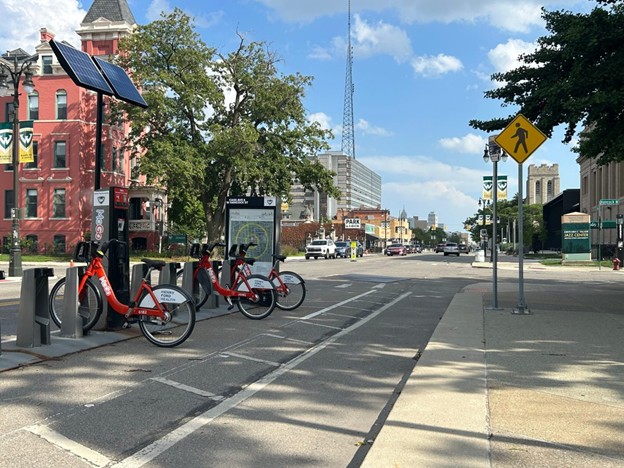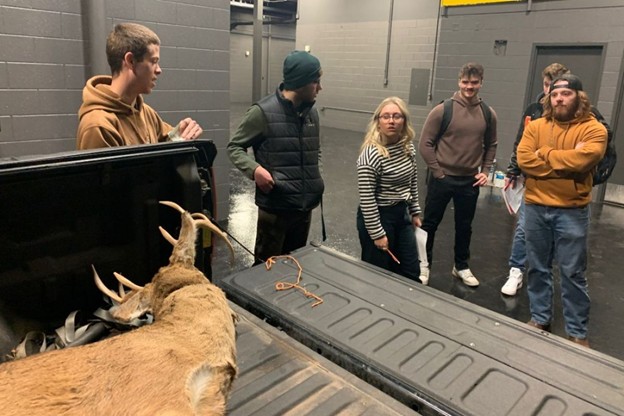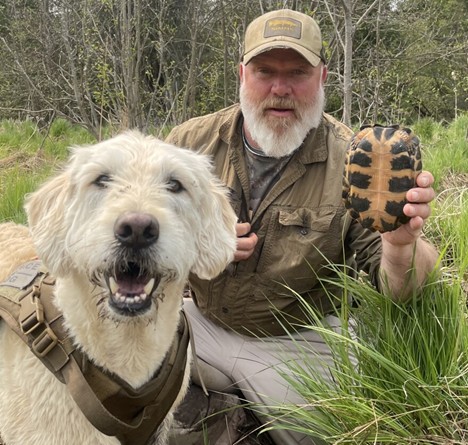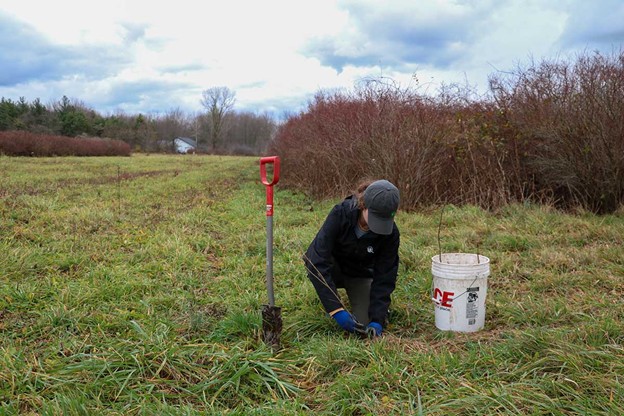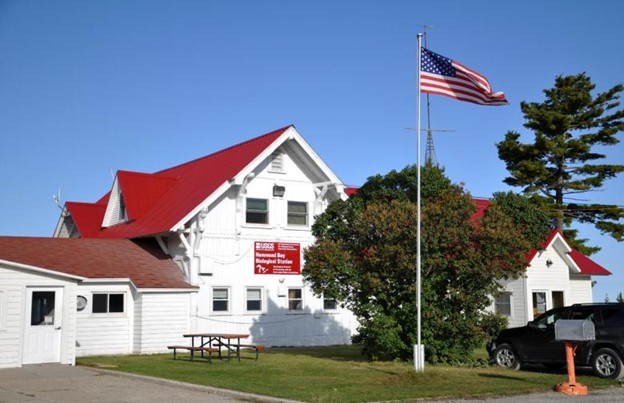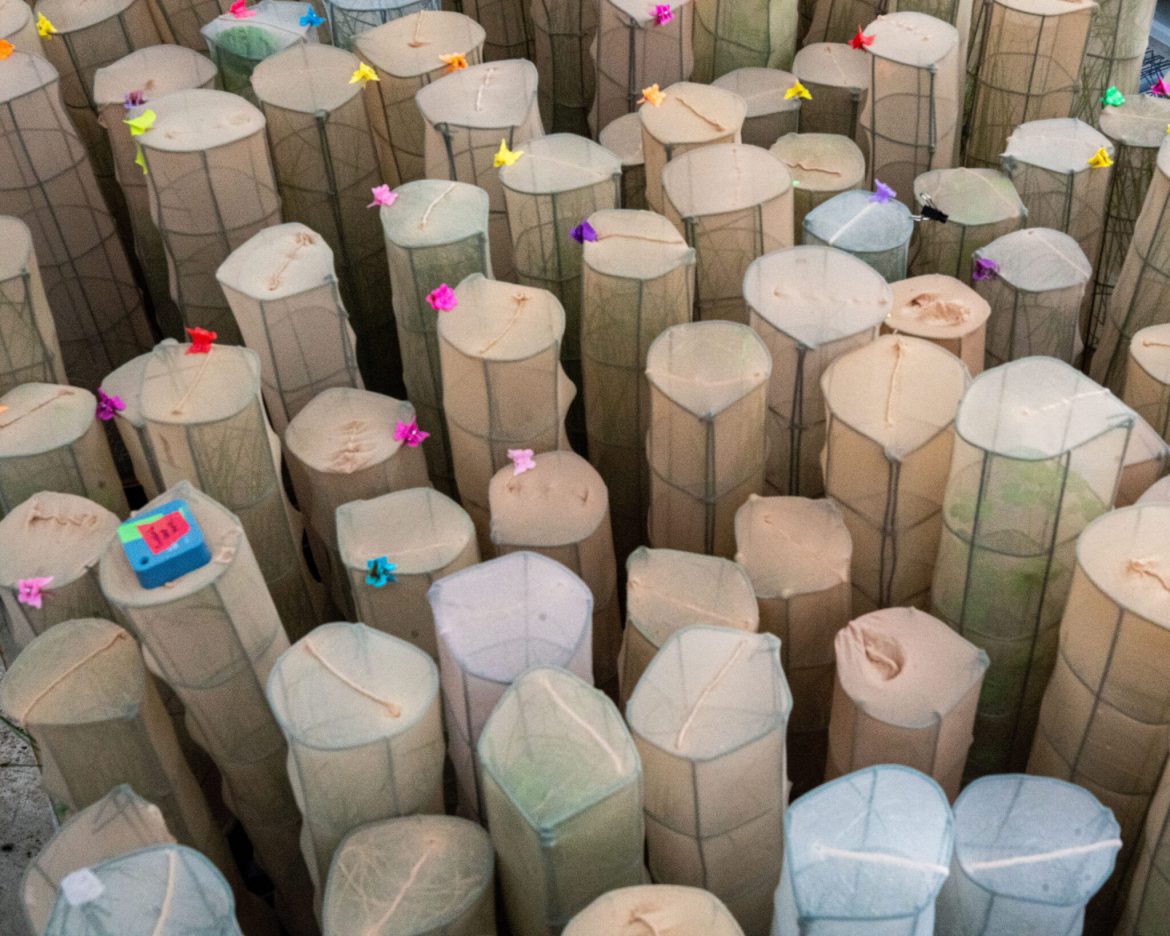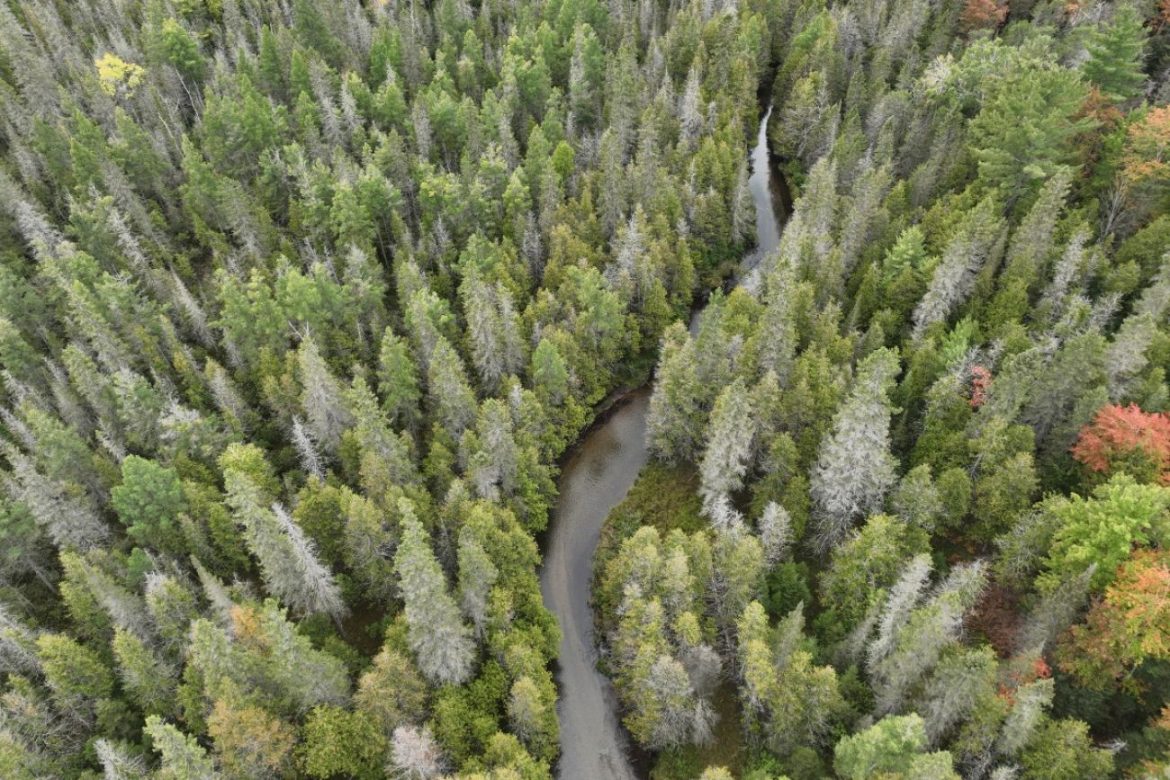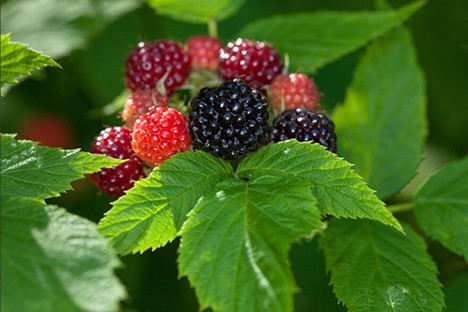Transportation
Biking booms in the Motor City: More lanes, fun rides — and high fatalities
|
By Emilio Perez Ibarguen
The popularity of groups like Wednesday Night Ride, Black Girls Do Bike and Soul Roll is an indicator that Detroit, long known for its ties to the auto industry, is making strides in becoming a cycling destination. However, Detroit streets remain unsafe for cyclists and pedestrians compared to other cities.
